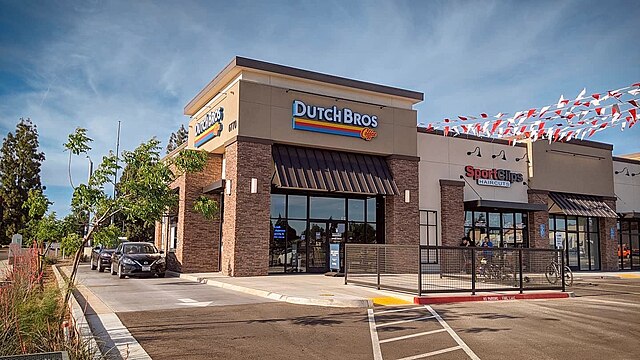Julia Vorbeck
The Southern Editor
Chain restaurants have always been a part of Florida’s dining scene, but lately, it feels like we’re living through a new wave. Whataburger, Swig, 7 Brew, Dutch Bros, the list keeps growing as more national names plant themselves on Florida ground. For some, this is exciting. For others, it feels like a takeover.
While some chains bring fresh energy and convenience to local communities, others risk diluting the unique flavor of Florida’s food culture. The difference between a “good” and a “bad” chain often comes down to how they adapt to their new home. Whether they make an effort to connect with the community or simply plop down a cookie-cutter building, crank up the drive-thru and call it a day.
You might be asking, what makes a “good chain,” and who am I to set the rules? After watching my hometown of Bradenton become overdeveloped in the name of “progress,” I think I’ve earned my merits. I’m not from Lakeland, but I have grown to appreciate the small details that make this city special: the mom-and-pop diners, the family-owned coffee shops and the community pride that thrives in local businesses.
So when national chains sweep in with their bright signs and identical layouts, it feels less like growth and more like erasure. The question isn’t whether chains should exist, it’s whether they can exist without bulldozing the character of the town around them.

From my perspective, some chains do this better than others. Dutch Bros, for example, is known for its eccentric drink combinations and lively service. They’ve managed to create an experience that feels different, not just another copy of what’s already here. Similarly, 7 Brew leans into friendliness and speed, turning a drive-thru coffee stop into something more like a quick social interaction. In that way, they add to the market instead of simply duplicating it.
Others, however, enter communities without much thought. McDonalds, Starbucks, IHOP and other well-established chain restaurants bring the same menus, the same architecture and the same strategies, no matter where they’re located. In doing so, they flatten what makes different cities feel unique. To make things worse, their marketing budgets often dwarf those of local favorites, tipping the scales against the very businesses that give towns their identity.
Chain expansion is inevitable, but not all chains contribute in the same way. The ones that succeed are those that recognize Florida’s existing food culture and bring something new to the table. The ones that fail? They coast on brand recognition, cluttering the landscape with more of the same and leave little room for local flavor to thrive.
A new Whataburger might be fun, and a Swig soda might be refreshing, but in places like Lakeland, where small businesses are the heartbeat of the community, we should ask ourselves: are these chains adding to our identity, or erasing it? A logo might get you through the door, but only respect for the community will keep it open.